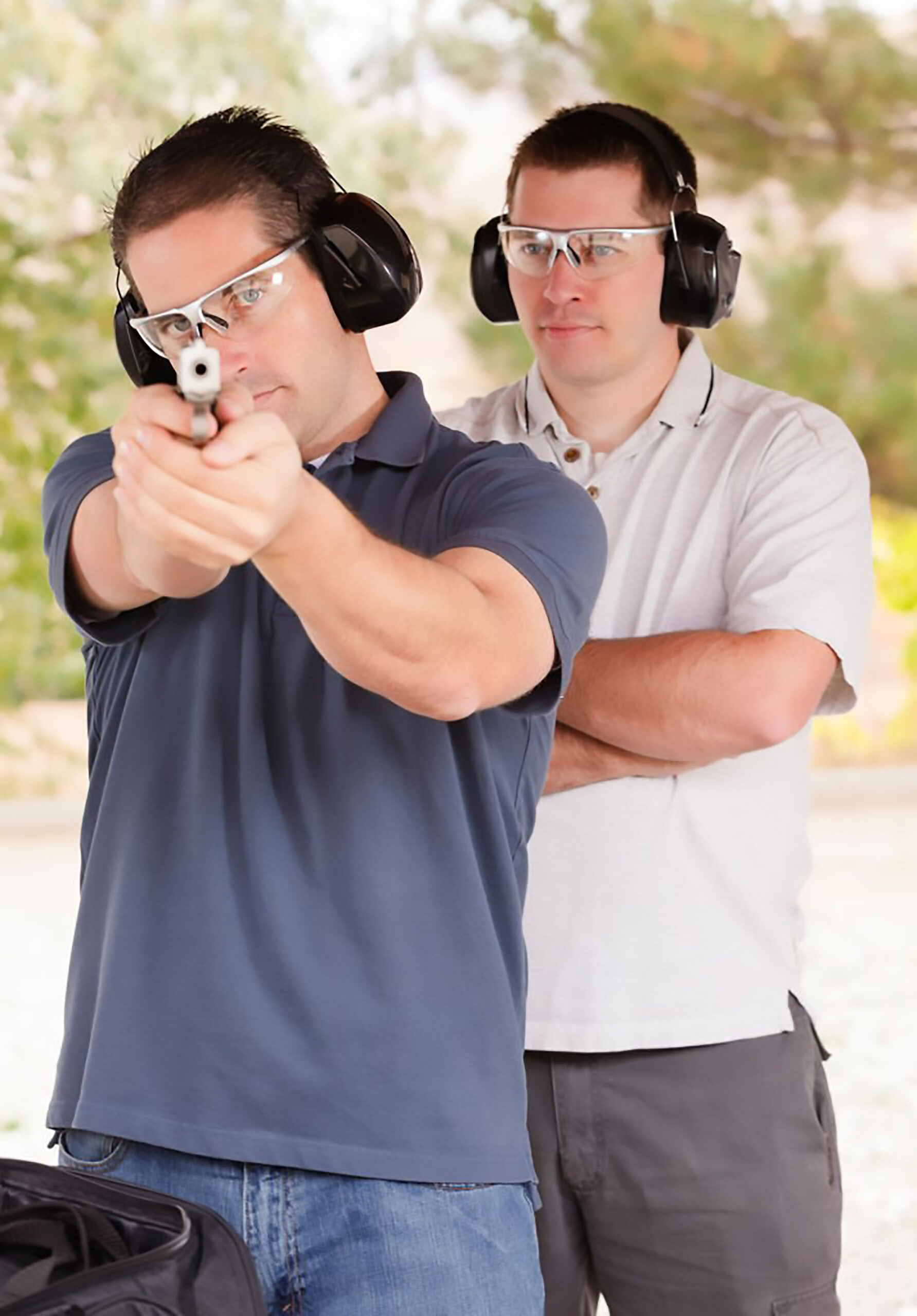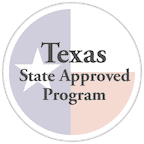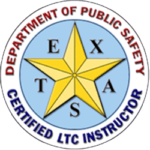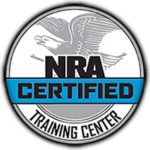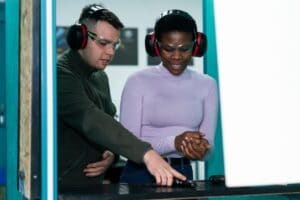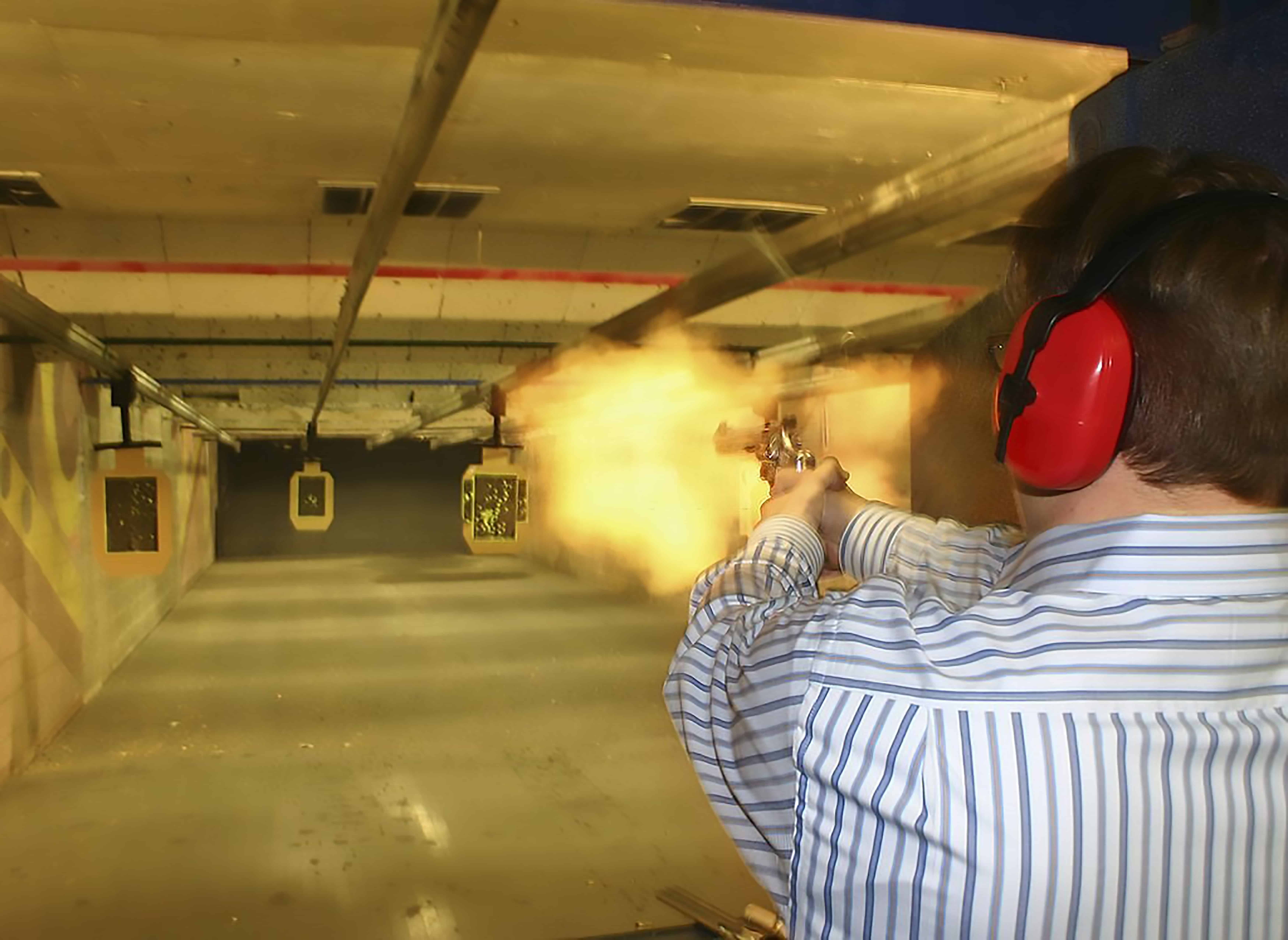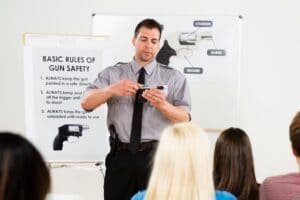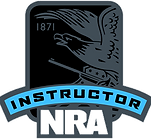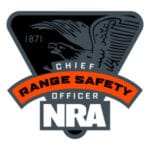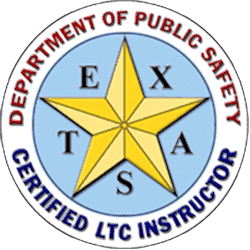So what is Texas Concealed Carry, and how does it work?
The Texas Concealed Carry legislation allows a person who has never been convicted of a felony and meets a set of conditions to carry a pistol concealed on their person with the necessary license. To assist you in obtaining your concealed carry license, the following is a guide to all you need to know about Texas Concealed Carry legislation and rules.
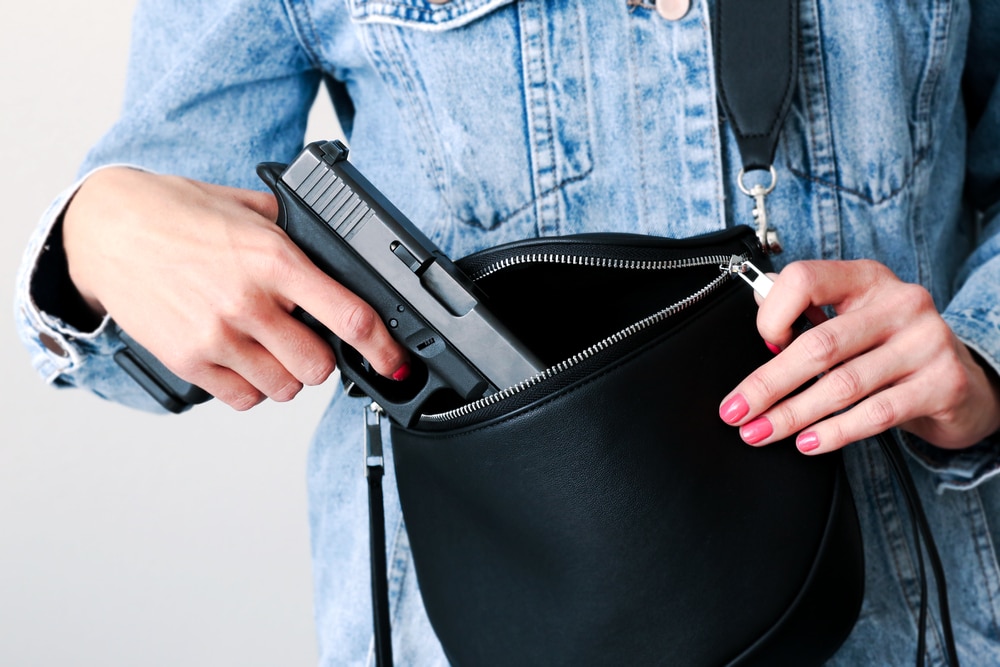
So what is Texas Concealed Carry, and how does it work? The Texas Concealed Carry legislation allows a person who has never been convicted of a felony and meets a set of conditions to carry a pistol concealed on their person with the necessary license. To assist you in obtaining your concealed carry license, the following is a guide to all you need to know about Texas Concealed Carry legislation and rules.
The Texas Concealed Carry and open carry rules in Texas are nearly identical, and both open and concealed carry are legal in Texas. Even though Texas allows “permitless carry,” you are still better off having a Texas license to carry since you will have fewer limits and trespass protections if you carry without one.
You can carry in more areas with the Texas LTC, and you can also carry in 37 other states. There is no excuse not to buy one because it is so simple to obtain and inexpensive. You may take our online permit-less carry program to learn all you need to know to start carrying right away if you don’t want to wait for the license.
Whether you choose to carry with or without a license, you must be aware of the laws. Carrying a firearm without permission is illegal in Texas, and individuals who do so face severe consequences. To avoid any problems, you must understand the rules and regulations. You will be OK if you know the rules and regulations.
This essay will try to lay out exactly what’s required and what everything implies.
The following topics will be discussed:
- What license/permit is required to carry a firearm?
- Requirements for Training (LTC Class)
- Training Exemptions and Discounts Eligibility Application
Terminology
The permission to conceal carrying a pistol appears to have a distinct name in each state, which is confusing. Concealed and open carry are permitted in Texas, but they both require a license. The same license is valid for both open and Texas concealed carry. The formal name for this is the License to Carry a Handgun. It was known as the concealed handgun license before 2017 when open carry was not yet permitted. Here are some of the acronyms you’ll come across when it comes to concealed carry:
- LTC stands for “License to Carry.”
- The CHL stands for Concealed Handgun License.
- Concealed Carry Weapon (CCW) is a term that refers to a weapon that is carried concealed.
- The CHP stands for Concealed Handgun Permit
- , and the CWL stands for Concealed Weapons License.
All you need to remember in Texas is the LTC. This is the license you’ll apply for through the Regulatory Services Division of the Texas Department of Public Safety (DPS) (RSD). Be wary of any company or teacher that advertises a permit that does not mention a Texas License to Carry.
Requirements for Training
The Texas License to carrying’s training requirements has evolved throughout time. The LTC class is available in two formats: an online program with competency demonstration and a typical in-person session.
Online Course
Beginning in 2017, an approved online course provider, such as ltctrainingtexas.com, will provide the Texas License to Carry class online. The minimum class length is still 4 hours, the same as in-person seminars. However, instead of arranging it over the weekend and doing it with a group of people, you may attend the online LTC program on your own time, from home, or anywhere else. The online lesson may be completed in one sitting or 20-minute chunks using your smartphone, tablet, or computer.
After four hours, you must take a simple 25-question quiz. Your LTC-101 certificate of completion is then promptly issued to you.
After that, the LTC-101 must be presented to any License to Carry instructor for a competence demonstration. This includes shooting qualification as well as range training. Before the shooting qualification can be achieved, Texas DPS needs 1-2 hours of range training. This is a time for the LTC teacher to go over the lesson with you and answer any questions.
In-Person Training
Combining an online program and a competence demonstration usually costs more than an in-person class. This is because taking it online is a one-of-a-kind and handy choice. Traditional in-person classes will take up 5-6 hours of your time and must be planned ahead of time. Some folks prefer a live instructor, which is perfectly OK. The online course was intended to provide people with a second, more convenient choice.
Qualification for shooting
The shooting qualification is the same whether you took the program online or in person. 50 shots are fired from the 3-yard line to the 15-yard line. It’s not tough, yet it’s a fundamental requirement. You don’t have to be an excellent shooter; all you need is the skill to handle and fire the weapon you’re using safely.
Eligibility
The questionnaire tool is the simplest approach to determine eligibility. In general, if you can buy a pistol from a gun store, you’ll very certainly be able to get a Texas LTC. Chapter 411 Subchapter H of the Texas Government Code contains the relevant information.
Application
The DPS application can be submitted either before or after the LTC class. After you complete your application, you will get an email with instructions on scheduling a fingerprinting session. This is done through Identigo, a third-party firm, and costs $10. After everything has been filed, licenses should arrive within 60 days.
Return to the original DPS application page and log in as a returning user if you have previously applied and wish to check the status of your application. The current status of your application should be displayed.
The DPS application can be submitted either before or after the LTC class. After you complete your application, you will get an email with instructions on scheduling a fingerprinting session. This is done through Identigo, a third-party firm, and costs $10. After everything has been filed, licenses should arrive within 60 days. Return to the original DPS application page and log in as a returning user if you have previously applied and wish to check the status of your application. The current status of your application should be displayed.

